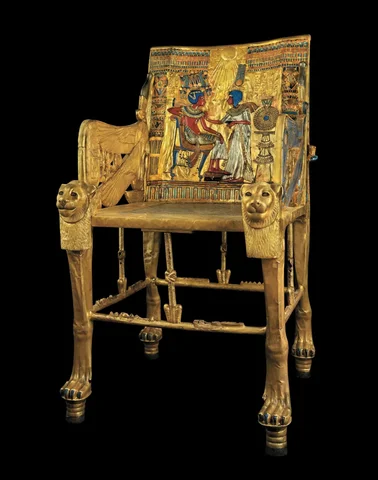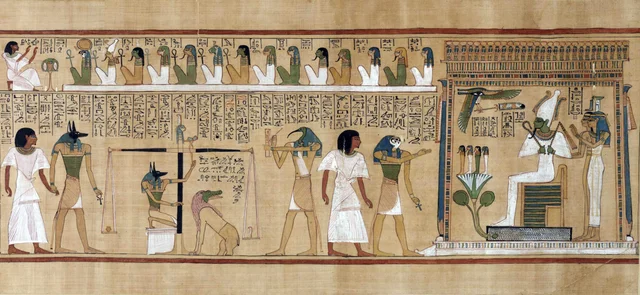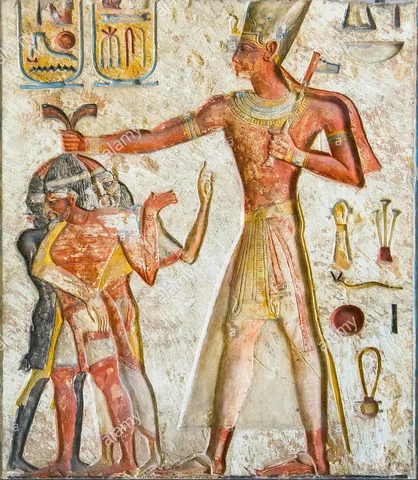-
-
 In 2009, the refurbished Neues Museum in Berlin had celebrated on its reopening with the bust of Nefertiti and prominently displays as one of the main attractions. The celebration coincided with one of the Egyptian government's that had repeated pleas for the official return of the bust of Egypt.
In 2009, the refurbished Neues Museum in Berlin had celebrated on its reopening with the bust of Nefertiti and prominently displays as one of the main attractions. The celebration coincided with one of the Egyptian government's that had repeated pleas for the official return of the bust of Egypt. -
 This the throne that is called in the Egyptians "hieroglyphs", it was named after the mother goddess Isis, she was usually depicted bearing a throne on her head, which was a sign of characteristic emblem. The throne also wasn't only meant to link between the worlds of Gods and the people, but it was also majesty, stability, safety and balance, since kings were considered as gods on earth.
This the throne that is called in the Egyptians "hieroglyphs", it was named after the mother goddess Isis, she was usually depicted bearing a throne on her head, which was a sign of characteristic emblem. The throne also wasn't only meant to link between the worlds of Gods and the people, but it was also majesty, stability, safety and balance, since kings were considered as gods on earth. -
 This is Tutankhamun, he was only age nine when he became the leader of the Egypt, which was during the 18th dynasty if New Kingdom. Stories about Tutankhamun would've been lost if it weren't for the people who have discovered his tomb back in 1922, by a search of archaeologist Howard Carter in the Valley of the kings. His tomb was nearly intact which was very surprising.
This is Tutankhamun, he was only age nine when he became the leader of the Egypt, which was during the 18th dynasty if New Kingdom. Stories about Tutankhamun would've been lost if it weren't for the people who have discovered his tomb back in 1922, by a search of archaeologist Howard Carter in the Valley of the kings. His tomb was nearly intact which was very surprising. -
 This scene was referred as the "Judgement", in the scene you can see Anubis supervising the judgement scales, You can see Hunefer's Heart being, which is represented to be a pot is scaled in with a feather, in which it determines if thus represented good or bad in the aspects of the persons life. Ancient Egyptians had believe that the heart was a seat of emotions. If the heart did not balance with the feather then it means that the dead person was consumption to the devourer, which is the beast.
This scene was referred as the "Judgement", in the scene you can see Anubis supervising the judgement scales, You can see Hunefer's Heart being, which is represented to be a pot is scaled in with a feather, in which it determines if thus represented good or bad in the aspects of the persons life. Ancient Egyptians had believe that the heart was a seat of emotions. If the heart did not balance with the feather then it means that the dead person was consumption to the devourer, which is the beast. -
 Ramesses the great is shown, holding on his left hand, which are three prisoners, Ramesses is grabbing them by their hair while his right hand is holding an axe, which is he is about to strike them with the axe, the hairstyle and the beards are the enemies that indicates where they belong to three different people, the Nubians, Libyans and the Syrians.
Ramesses the great is shown, holding on his left hand, which are three prisoners, Ramesses is grabbing them by their hair while his right hand is holding an axe, which is he is about to strike them with the axe, the hairstyle and the beards are the enemies that indicates where they belong to three different people, the Nubians, Libyans and the Syrians.
